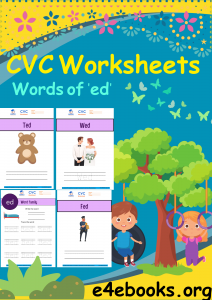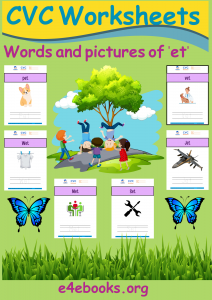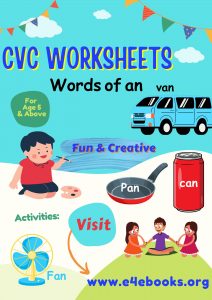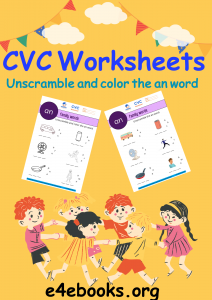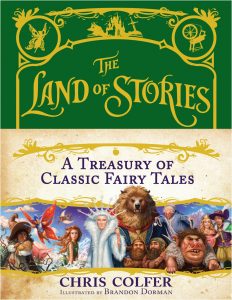Alphabet Y Workbook
Learning alphabet Y by alphabet Y workbook is an essential part of early literacy. Distinguishing letters and learning their names isn’t all there is to “learning the alphabet.” Knowing how the fractions of the letters of the alphabet Y are written and knowing the specific association between letters and sounds is crucial. Otherwise, the children will not be able to use the knowledge they have.
Teachers can provide a variety of activities to help children learn the alphabet Y by alphabet Y workbook. Some of this learning may occur in the context of extended experiences. Other learning opportunities can be provided through specific alphabet Y materials, such as puzzles and matching games.
When alphabet-specific materials are just one part of an overall literacy program, children will enjoy using these materials because they know what experiences in the world they relate to. Only when alphabet Y instruction is delivered in a tight, linear, skills-first program do children find alphabet Y learning tedious and pointless. This may be the case, for example, if the reading or language skills program consists of learning a letter Y every week for an entire preschool or kindergarten school year, or writing a letter Y repeatedly on a page of the textbook every day. However, there is no need to approach learning the alphabet Y this way; there are many better options.
What is the alphabet, and why is it important for our children to learn it? The alphabet is simply a collection of letters and sounds. Most of us can’t even remember a time when we didn’t write our letters, so it sounds almost absurd to worry about teaching our children to write them.
However, the ABCs are the building blocks of language. In order to be able to read and write our children must be able to recognize each letter, in both the correct and the wrong order, and the sounds associated with letter Y.


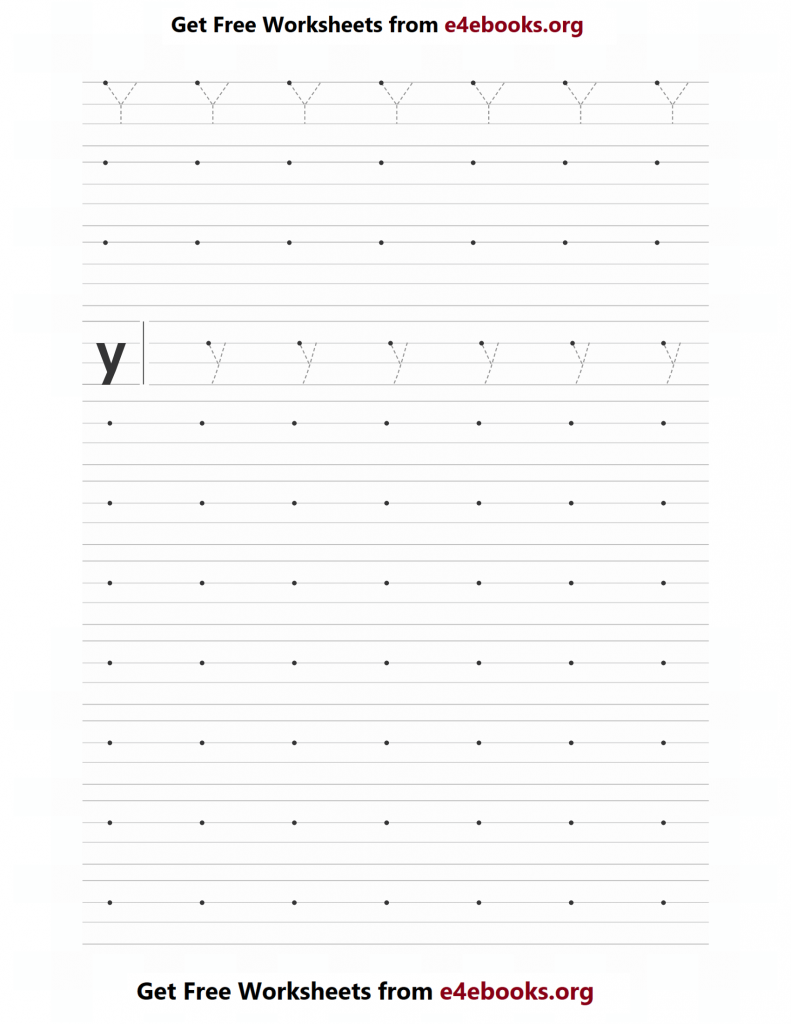

Learning alphabets is necessary part of Initial learning of English Language for Children’s. These alphabet workbook Y are design keeping in mind difficulties a child can face, so they can easily trace, draw and color alphabets easily with relevant pictures accordingly. Using arrow to draw alphabets is very helpful for new learners and repetition of alphabets make it easy to memories as they say “Practice makes a man prefect.”

